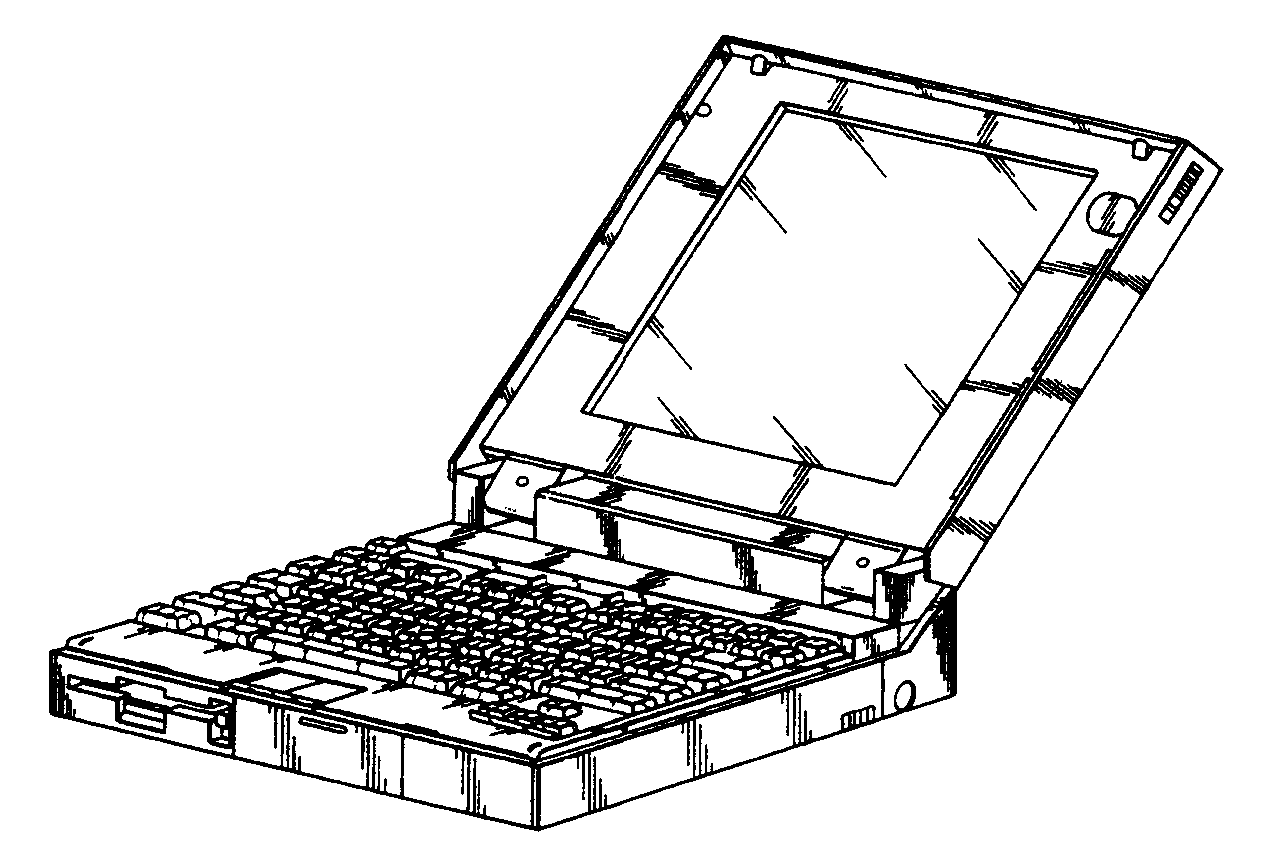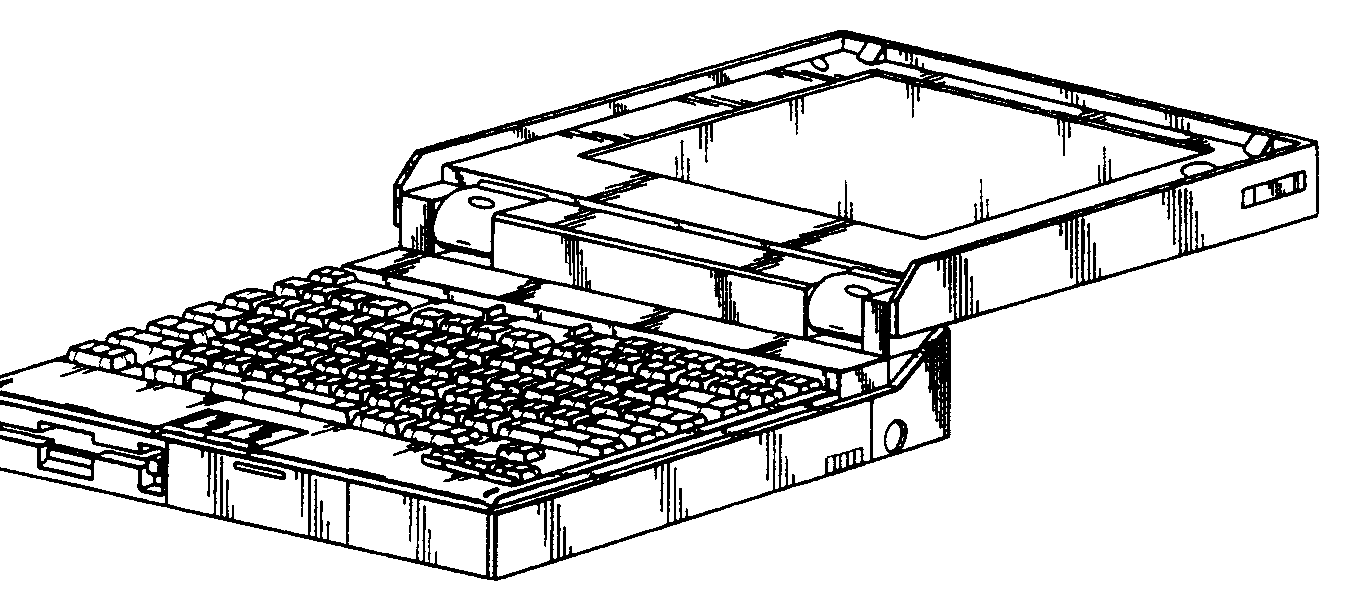What is the design patent application process?
The design patent process is much simpler than that of a utility patent. Costs for obtaining a design patent are significantly lower as well. If you have something that looks different, then a design patent may make sense. The examination process (aka “prosecution”) for a US design patent application comprises three main stages:
- initial filing;
- Office Actions (if any); and
- allowance.
Need to file a design patent application? Call US patent attorney Vic Lin at (949) 223-9623 or email vlin@icaplaw.com to see how we can help you obtain a design patent.
Is a design patent the correct filing for your invention?
Make sure you understand the difference between design patents and utility patents. Design patents protect the ornamental appearance of a product, and not how it works. So a design patent application would be the correct patent filing if wish to protect the visual appearance of your concept.
Many potential clients start off thinking that they want to apply for a design patent when, in fact, the unique features of their invention are primarily functional. Though a design patent application might still make sense, you need to consider whether you should also file a utility patent application to protect how your invention works.
What do we need from you to file your design patent application?
Initially, we need to determine whether the design patent application will be owned by you as an individual or your company. If your company has fewer than 500 employees, we will file your design patent application as a small entity, paying the lower USPTO fee.
Here is a short list of what we need from you:
- Is the design patent owner an individual or company?
- If company, fewer than 500 employees? (small entity is entitled to reduced USPTO filing fees)
- If individual, qualify as a micro entity?
- Engagement Agreement signed on behalf of the design patent owner;
- completed Design Patent Checklist (to be provided);
- 3D file of your design such as a STP or CAD file. If unavailable, then photos of your product from the front, rear, left, right, top, and bottom. A perspective view from a three-dimensional angle can be very helpful, but is not required;
- Want to speed up your application with a Rocket Docket request (which requires a prior art search)?
- Retainer (total flat rate to be calculated after determining small entity or micro entity status, and whether or not to request Rocket Docket).
How long does the design patent process take?
We work with trusted illustrators who take about 7-10 days to provide formal design patent drawings. A prior art search for the Rocket Docket will take approximately one week and can be done in parallel with the preparation of the design patent drawings.
After your design patent application is filed, expect to wait about 18-24 months for the initial review by the USPTO patent examiner. A Rocket Docket request will save you about one year or more of wait time. As discussed below, the average probability of success of a US design patent application is over 80%.
How do we file a US design patent application?
To apply for a design patent, our preparation of a USPTO design patent application will include:
- design patent drawings;
- a written specification;
- formal documents, including inventor declarations to be signed by each inventor; and
- a Patent Assignment if ownership of the application is to be transferred to a company.
In reviewing your draft design patent application, pay particular attention to the specification and drawings.
What do design patent drawings look like?
US design patent drawings must meet strict USPTO rules. Design patent figures typically comprise black-and-white line drawings showing the ornamental appearance of a three-dimensional structure or a two-dimensional graphic or artwork on a product. It’s best to have these drawings drafted by a professional patent illustrator so that the proper views and shading are provided. Filing a patent application properly from the beginning, even if it costs a bit more, will avoid further costs and delays.
Design patent drawings must show the following views: front, rear, left, right, top and bottom. Though optional, I prefer to include at least one perspective view that shows the design in 3D. This isometric view taken from the right angle can be helpful to show unique features of the design.
As shown below, you can even use perspective views to show movement or alternate positions of the product.


As long as the specification contains the proper statements, the figures may omit an unornamental bottom and any views that are identical to or a mirror image of a prior view. Certain views may also be omitted for special products that have no visually appreciable thickness.
US design patents are unique in that the USPTO allows the use of broken lines (dashed lines) to show the environment of a design without claiming the environment. For example, if you seek to patent a component of an overall product or system, you may show the component in solid lines and have the rest of the product drawn in broken lines.
When reviewing a rough draft of design drawings, pay particular attention to any special features that may be missing or requiring edits.
What is the written specification?
The written specification of a US design patent application should identify the inventors, specify the view of each figure and include a single claim. Any special statements (e.g., broken lines) should also be included. Applicants should pay particular attention to the description of the drawings to make sure that each view is properly identified in the specification (e.g., check if a description mistakenly identifies the “right” side when it should identify the left).
What are the chances of success in applying for a US design patent?
US design patent applications enjoy a high rate of allowance that is over 85% (at the time of this post). The high likelihood of granting a design patent makes the design application process more predictable. With greater certainty comes more precise estimates of the cost of the entire process from start to finish.
In contrast, utility patent applications are highly unpredictable since they incur a much higher rate of Office Action rejections. While it is common to have utility patent applications rejected over the prior art, prior art rejections are quite uncommon in design applications (although they do occur from time to time).
How much does a design patent cost?
The cost of obtaining a design patent typically consists of at least two stages: initial filing and the allowance/issuance.
Initial filing costs will be approximately $1,250 for a micro entity and $1,450 for a small entity (e.g., company with fewer than 500 employees).
Without rejections, the total cost to obtain a design patent will be approximately $2,000 for a micro entity and $2,500 for a small entity.
Initial filing cost of a design patent application
The initial filing cost of a US design patent application consists of three components:
- Attorney’s fee;
- USPTO fee; and
- Illustrator fee, if any.
For a small entity (e.g., company with fewer than 500 employees), the USPTO filing fee is $408. Our firm charges a flat rate of $770 per embodiment for the initial filing of a US design patent application. We generally do not recommend including multiple designs/embodiments in a single design application unless the design is a graphical user interface (GUI).
The illustrator fee is the remaining and only variable component of the initial filing cost. Illustrators may charge roughly $225 to $400 for a set of design patent drawings. Certain factors may reduce the illustrator’s fees, such as providing editable drawing files that allow the illustrator to make revisions without having to draft the drawings from scratch. We highly recommend using professional design drawings prepared by illustrators experienced with US design drawing requirements. Drawings not prepared by experienced illustrators tend to lack necessary subtle details, such as surface shading.
Expect that cost of the initial filing of a design patent application will be approximately $1,450 for a small entity (e.g., company with fewer than 500 employees) or $1,250 for a micro entity.
If you wish to expedite your design patent application, a Rocket Docket request would cost an additional $1,640 for a small entity and $1,320 for a micro entity.
How much does a design patent Office Action response cost?
Every once in a while, an examiner may issue an Office Action in a US design patent application. Most design Office Actions relate to the drawings and require certain edits in order to conform to USPTO standards. The cost to respond to such an Office Action will depend upon any illustrator fees to make the required revisions, plus any attorney’s fees to file the response. We do not charge for responding to drawing requirements in a design Office Action if the objections relate to the quality of initial design drawings provided by our illustrators.
Though less likely, it is possible to receive an Office Action rejecting the claimed design on the grounds of prior art. Such substantive Office Actions would require greater cost and effort to prepare an adequate response.
What is the total cost of a US design patent application from start to finish?
Assuming the USPTO does not reject your design application on the grounds that it’s too similar to prior designs, then it is possible to estimate the cost of a US design application from start to finish.
For a small entity, our start to finish cost will be approximately $2,350 assuming no Office Actions.
For a micro entity, our start to finish cost will be approximately $2,000 assuming no Office Actions.
How long does it take to get the examiner’s first review?
As of June 2019, the average amount of time to get a first Office Action in a design application is approximately over 17 months. The average total pendency for design applications is over 20 months.
Need to file a US design patent application?
Contact US patent attorney Vic Lin via email or call (949) 223-9623 to explore how we can use design patents to protect your new product or concept.


